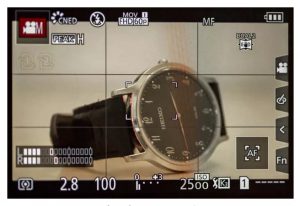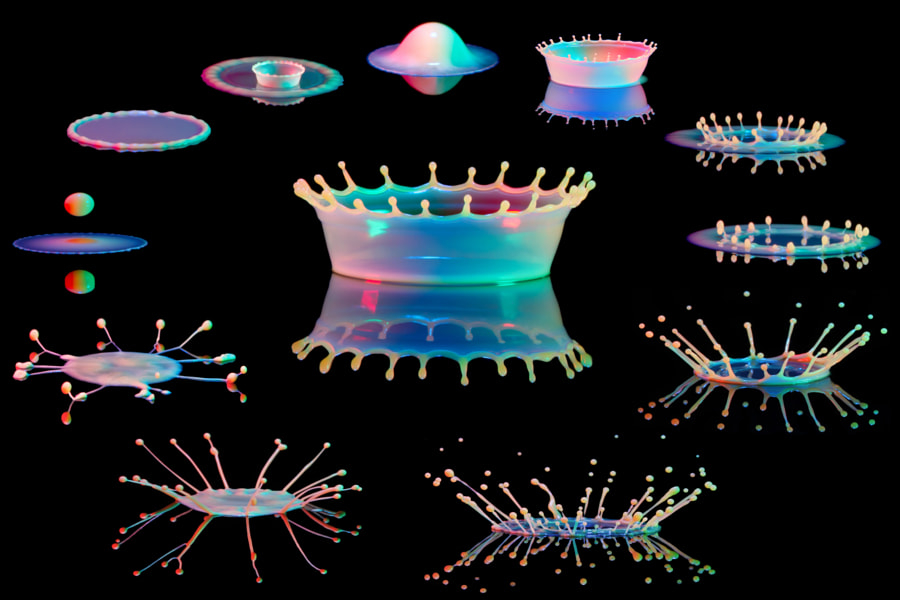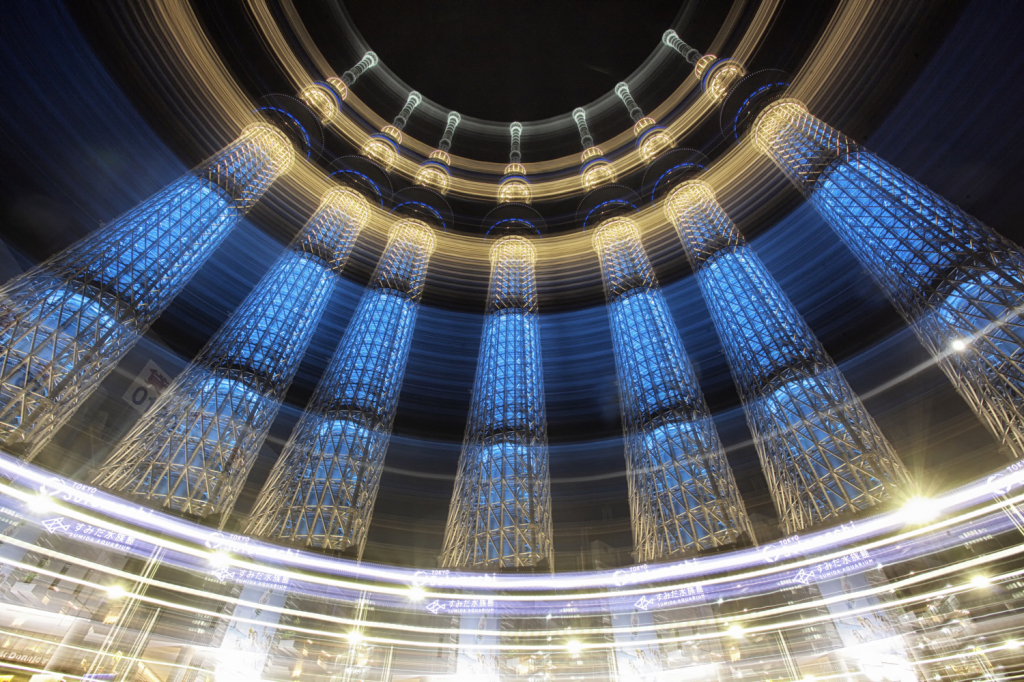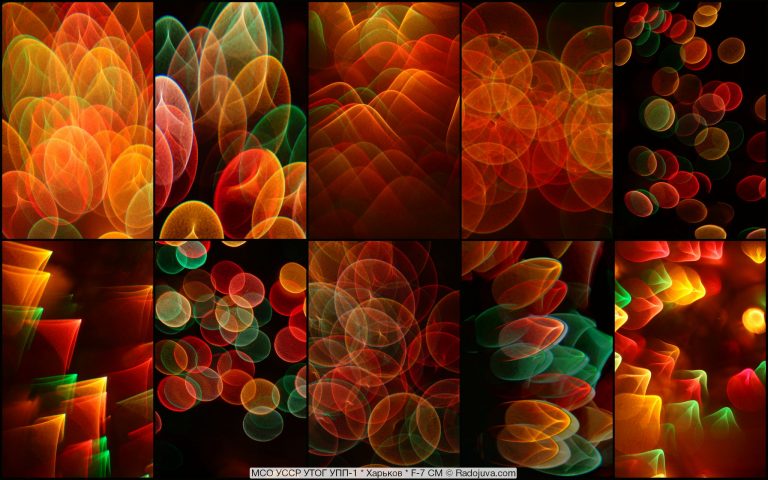allows you to express
WHAT IS PEAK FOCUS AND HOW TO SUCCESSFULLY USE IT
 Do you often wonder how cool it would be to use a gorgeous vintage lens on a modern camera? Are you confused by the lack of autofocus? But there is a simple solution that greatly simplifies manual focus. Digital cameras are equipped with several assistive tools for manual focusing, which make it easier to identify a sharp object. Everyone has long known the Live View display and the relative newcomer to Focus Peaking. Here they are – these two monsters in solving your focus “problem”.
Do you often wonder how cool it would be to use a gorgeous vintage lens on a modern camera? Are you confused by the lack of autofocus? But there is a simple solution that greatly simplifies manual focus. Digital cameras are equipped with several assistive tools for manual focusing, which make it easier to identify a sharp object. Everyone has long known the Live View display and the relative newcomer to Focus Peaking. Here they are – these two monsters in solving your focus “problem”.
Peak Focus (Focus Peaking) is a technology that helps during manual focus. It real-time displays in clear color clear areas of the image.
Until recently, it was a tool for videographers, since it was far from many consumer cameras. Peak focus is currently built into most new cameras, and there are ways to turn it on on older camera models.
This feature is great for quickly confirming focus when shooting on the go and checking when shooting in situations where it may be difficult for you to determine the focus – for example, in bright daylight or when working with uncomfortable camera positions. This is an important advantage of the system and the most useful.
How does Focus Peaking work? Continue reading
T-STOP VS F-STOP: WHAT DIFFERENCE?
 T-STOP VS F-STOP: WHAT DIFFERENCE?
T-STOP VS F-STOP: WHAT DIFFERENCE?
One of the first things you come across in photography is F-stop (from focal length “focal length”). It, as a measurement of the lens, is an important part of the exposure, like the T-stop (from the English transmission – “transmission”). We suggest you familiarize yourself with the article by professional photographer Gabor Holtzer, in which he explains on the fingers the differences between T-stop and F-stop.
T-stop vs F-stop: what’s the difference?
What does F-stop mean?
Each lens has an entrance pupil. The entrance pupil is that part of the lens where the diaphragm is located (and not the front of the lens). Its diameter is usually slightly less than the diameter of the front glass element. Continue reading
WHAT IS VIBRATION SUPPRESSION IN PHOTO?
 WHAT IS VIBRATION SUPPRESSION IN PHOTO?
WHAT IS VIBRATION SUPPRESSION IN PHOTO?
If you are looking for a new lens, then you are likely to come across some abbreviations. For example, a mark on the VR lens indicates that the model is suppressing vibrations. VR (vibration reduction) and IS (image stabilization) are lens systems that help you take pictures. With the addition of such systems, the price rises – and this is fully justified. But what does all this mean? What is vibration reduction?
What is vibration reduction in photography?
What is vibration reduction or image stabilization?
When you use the camera and lens while holding them in your hands, you cannot help but feel a slight tremor due to the weight of the equipment. VR and IS are systems that prevent blurry photos due to camera shake. These two terms mean the same thing, and camera brands use either one or the other. Nikon uses Vibration Reduction, and IS is a generic term for Canon. Continue reading




